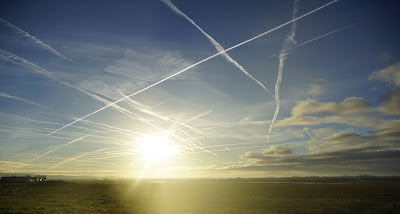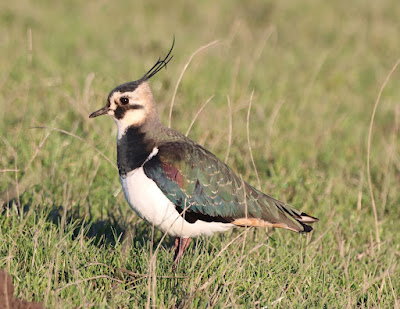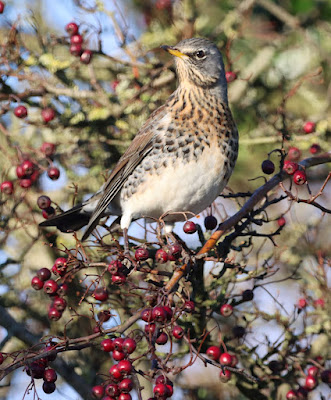Sunday, January 14, 2024
Cold with sunny intervals.
Sunday, January 7, 2024
Back In The Old Routine
Sunday, December 10, 2023
Bluebirds, Blackbirds, And A Song
Near the top of the hawthorns up popped the ultimate rarity, a shyster; but no, not a politician, the timid, unsure, and now impossible to find Song Thrush. I couldn’t remember the last time I saw one, let alone a half chance at a picture, a species now hardly ever reported by local birders.
Wednesday, November 29, 2023
Baby It's Cold Outside (And Inside)
Pink-footed Geese were on the move high, south and east, to escape the inevitable guns, although a couple of hundred had stopped off in a relatively safe field bounded by a sparse hedgerow that gave a semblance of peace & quiet.
Each year becomes more difficult to both to see and to hear our wild geese on the ground as the disturbance to traditional haunts becomes more intense and threatening to feeding geese through "development", traffic - large & small, walkers, shooters, and yes, birdwatchers.
i
— Despicable Miguel "Ruz" ™ (@Feldegar) April 10, 2023
Here we come with another masterpiece by @crom_oliver and @shillitz, dedicated to that long-awarded, eminent scientist! pic.twitter.com/TDedeQ7aUb
Enjoy the rest of your week good people and then come back soon to Another Bird Blog.
Linking today to Eileen's Saturday.
Friday, January 20, 2023
At Last
Thursday, March 10, 2022
In Like A Lion
“Comes in like a Lion, goes out like a Lamb.” - attributed
to Thomas Fuller’s 1732 compendium, “Wise Sentences and Witty Sayings”.
Thomas - I am not amused by your witty saying. Another week of weather watching has seen a
couple of pencilled in days scrubbed from the ringing diary as March roars like
the proverbial Lion. Thursday was looking good, Thursday moved to Saturday and
now that too looks unlikely. And there’s little sign of lambs gambolling in spring sunshine.
So friends, it’s back to the archives today with a few
pictures of Bramblings and others from December 2012 when there was something
of a “Brambling Winter” and our ringing group processed more than 70 Bramblings
between September 2012 and April 2013.
~~~~~~~~~~~~~~~~~~~~~~~~~~~~~~


















































































